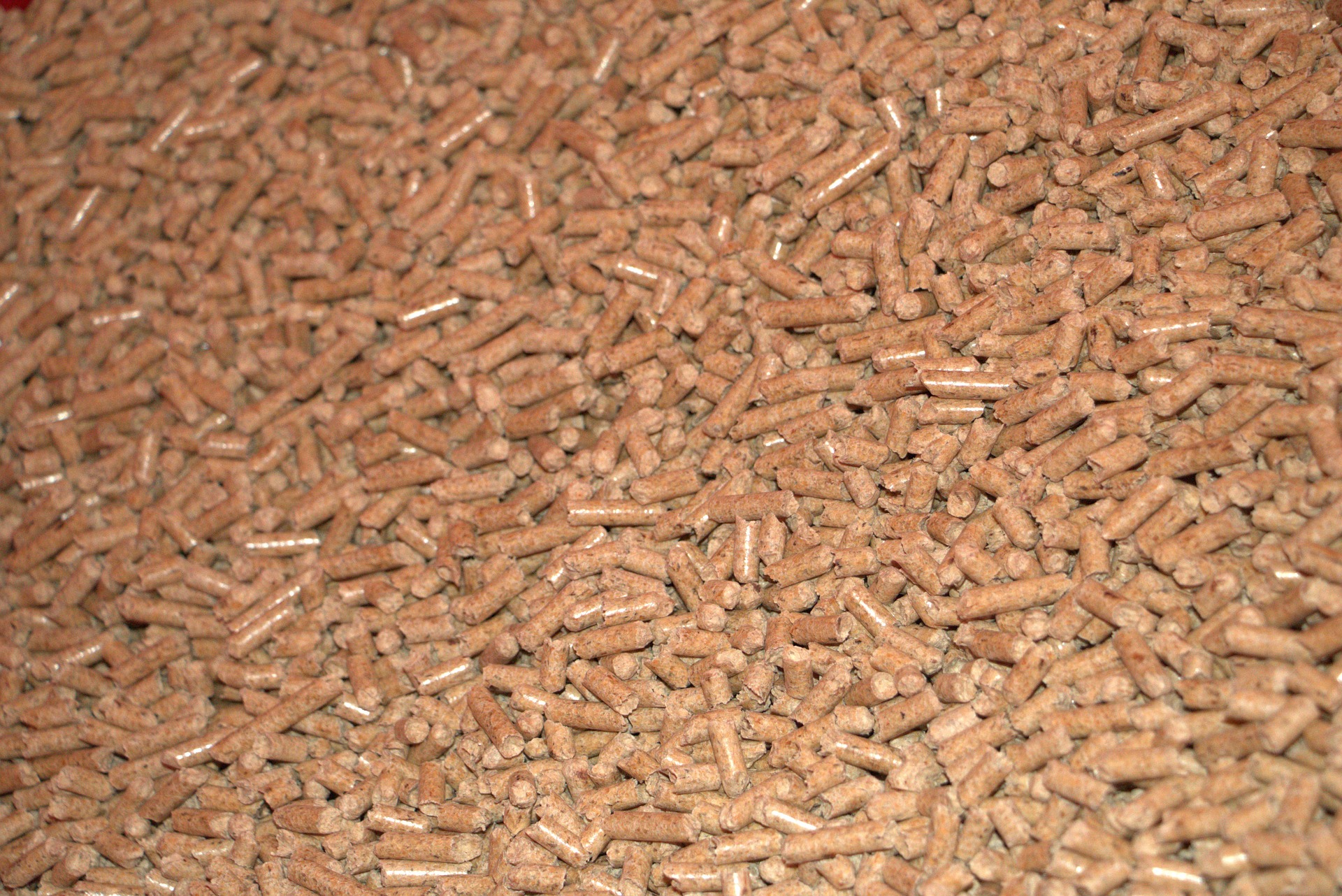What is the definition of a biomass wood pellet?
Organic material that can be utilized to create energy is referred to as biofuel. It can contain timber, plant matter, and even animal waste, all of which are used to heat and roast using fires.
Biomass may be utilized for warmth or sustainable biofuel production at a much larger scale by crushing biological materials such as timber, forest leftovers, and sawdust into power capsules. For those who want to buy pellets machines, you can find more at https://www.pelletmachine.com/
The power output of biomass resources of a grain is a benefit. The quantity of energy contained in a given piece of material is referred to as energy density. The timber and wastes that constitute biomass, such as wood shavings and sand, may not have a significant power density by themselves. When contrasted to fossil fuels such as coal, petroleum, or nuclear, a kg of wood, for instance, holds very little power.
Nevertheless, wood becomes substantially more fuel dense when forest sector leftovers are compressed into a pellet. Wood chips will also have a low water content, which means they have a good burning rate, which is significant in energy production.
What is the process for making biomass pellets?
Pelletisation plants produce biomass granules. Timber that is inappropriate for other businesses, such as sawmill leftovers, is collected together in this location.
The timber is chopped, inspected for purity, roasted to below 12 percent moisture content, and then compressed into tablets. The compact, small, compressed biomass pellet is then forced through a grating under constant pressure.
What is the role of pellets in electricity generation?
Organic matter pellets may be used to create electricity in the same manner that coal does, which allows the coal power plants to be converted to renewable biofuel.
Pellets are transported from warehousing to pulverizing crushers, where they would be broken into a small particle and blasted into the power facility’s boiler via a conveyor system. The wood is burned as a fuel, and the heat produced by the burning is utilized to create vapor, which drives the turbines that make energy.
The consistent form and weight of biomass pellets enable them to better to produce and transport in large numbers. It is critical, however, that they must be maintained dry while in transportation and also that the air parameters in biomass tents are checked periodically and maintained to avoid undesired burning.
Are biomass pellets renewable sources?
If woodlands are maintained properly and plants are organically replenished, replanted, and grown back in a human timescale, biomass pellets derived from them are inexhaustible. Biomass pellets must be supplied from ethically forestry practices and other sectors which do not add to deterioration in order to provide long-term power production. Acquisition selections must be founded on research and must not jeopardize forests’ long-term ability to store and absorb carbon dioxide.
At the time of burning, sustainable timber pellets is considered carbon neutral. Plants absorb carbon dioxide from the atmosphere as they develop. Whenever a biomass pellet is burned, the same quantity of CO2 is emitted into the atmosphere.
